Power Generation Management
Power generation management using drones introduces a transformative approach to monitoring, maintaining, and optimizing various aspects of power plants and energy infrastructure.
Benefits Of Power Generation Management
Extended Flight Time
Efficient power generation and management systems can significantly extend the drone’s flight time. This is crucial for applications such as aerial surveillance, monitoring, and surveying, where longer flight durations increase the drone’s operational capabilities.
Increased Payload Capacity
By optimizing power usage and distribution, drones can potentially carry larger payloads without sacrificing flight performance. This is particularly important for applications requiring specialized sensors or equipment.
Flexibility in Energy Sources
Integrating various power sources such as solar panels, fuel cells, or hybrid systems provides flexibility in energy generation. This enables drones to operate in diverse environments and under different conditions.
Using Drones
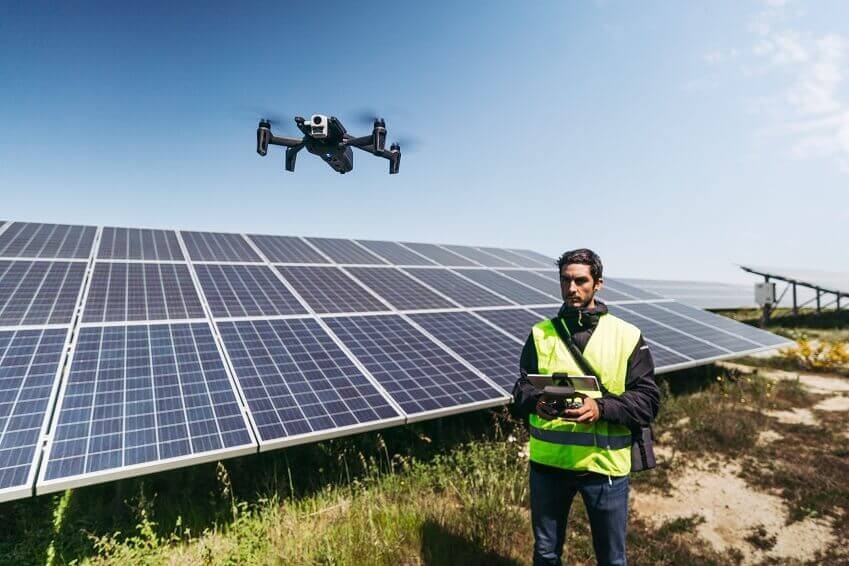
Challenges
- Limited Payload Capacity: Drones have limited payload capacities, which include both the weight of power generation systems and the energy storage devices. This constraint limits the types and sizes of power generation systems that can be integrated.
- Weight and Size Constraints:
Power generation systems need to be compact and lightweight to avoid negatively impacting the drone’s flight performance. Finding a balance between power output and weight is challenging. - Energy Density of Power Sources:
The energy density of batteries or other power sources directly affects the drone’s flight time. Improving energy density is crucial for extending the operational range and duration of drone missions. - Variable Power Demands:
Drones often experience variable power demands during different phases of flight (takeoff, cruising, hovering, etc.). Managing these variable demands efficiently requires sophisticated power management systems. - Environmental Conditions:
Drones operate in diverse environmental conditions, including temperature extremes, high altitudes, and adverse weather. Power generation systems must be robust enough to handle these conditions without sacrificing performance. - Safety Concerns:
Safety is a top priority for drone operations. Power generation systems must meet safety standards to prevent accidents, such as overheating, fires, or other malfunctions that could compromise the drone’s integrity. - Integration with Flight Control Systems:
Integrating power generation systems with the drone’s flight control systems requires careful coordination. The interaction between power management and flight control is crucial for maintaining stability and reliability.
How Works
- Battery Technology:
Most drones use rechargeable lithium-polymer (LiPo) or lithium-ion (Li-ion) batteries due to their high energy density and lightweight properties. The choice of battery affects the drone’s overall performance. - Power Distribution System:
Drones have a power distribution system to deliver electrical power from the battery to various components, including the flight controller, motors, sensors, communication systems, and other onboard electronics. - Flight Controller:
The flight controller is a critical component that processes input from sensors and user commands to adjust the drone’s orientation, stability, and movement. It is powered and controlled by the onboard power management system. - Motor Control:
Drones use electric motors for propulsion. The power management system regulates the power supplied to these motors to control the drone’s speed, altitude, and direction. Efficient motor control is essential for conserving battery power. - Sensors and Avionics:
Drones may be equipped with various sensors such as GPS, gyroscopes, accelerometers, and cameras. These sensors require power, and their data is used by the flight controller for navigation, stability, and other functionalities. - Communication Systems:
Drones often have communication systems, including radio transmitters and receivers. These systems require power for sending and receiving signals, especially in the case of remote-controlled drones. - Power Management Algorithms:
Sophisticated power management algorithms are employed to optimize energy consumption. These algorithms may dynamically adjust power distribution based on the drone’s operational state, payload, environmental conditions, and user inputs.
Explore More Content
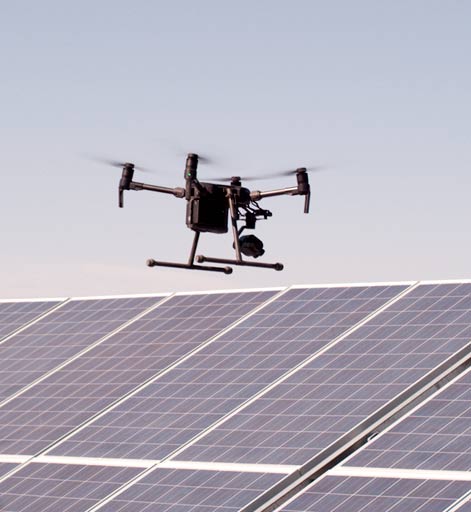
One key area where drones make a significant impact is in the inspection and maintenance of power infrastructure. Drones can navigate and inspect hard-to-reach areas, such as transmission towers, wind turbines, and solar panels, providing detailed visual data. This aerial perspective aids in the early detection of potential issues, allowing for proactive maintenance and reducing the need for costly manual inspections.
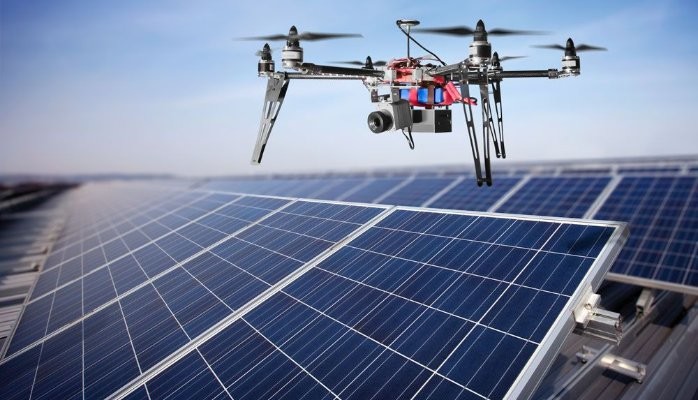
Power generation management using drones extends to the monitoring of power plant operations. Drones equipped with thermal imaging cameras can identify anomalies in equipment temperature, helping to detect potential faults or malfunctions before they escalate. Real-time data collected by drones contributes to better decision-making regarding the optimization of energy production, equipment efficiency, and overall plant performance.
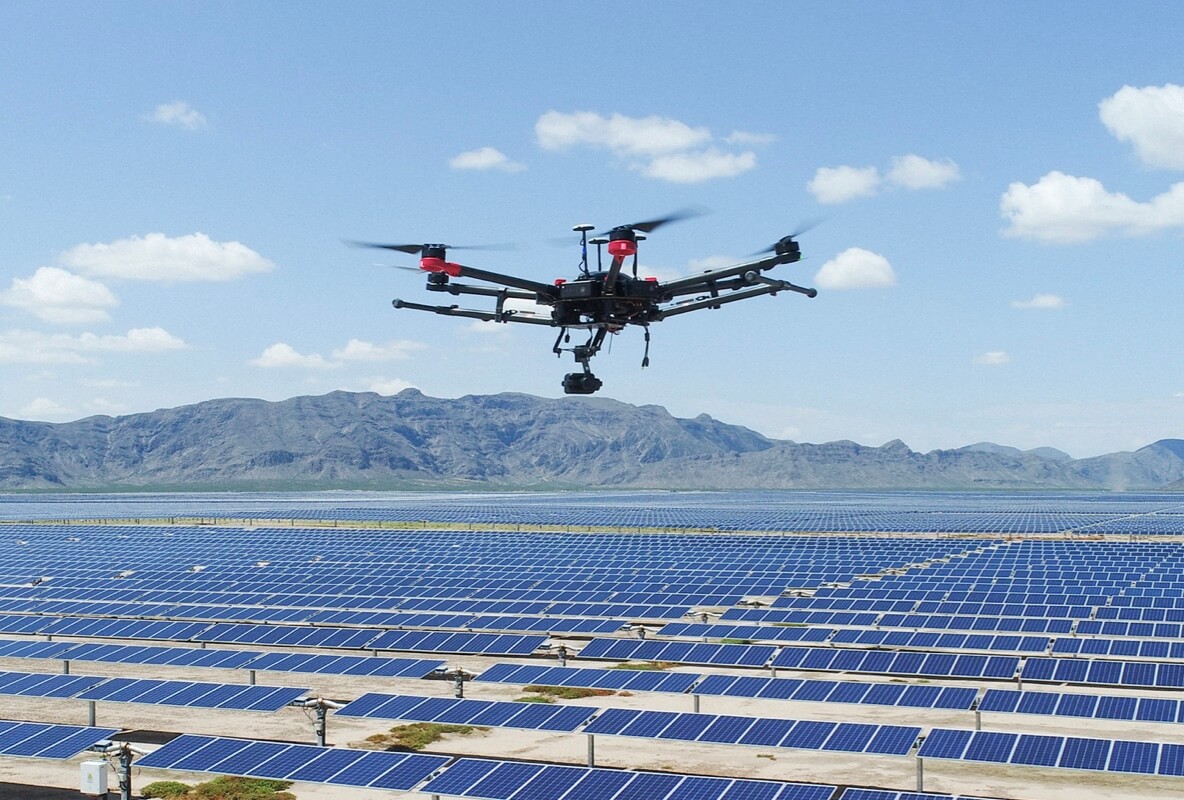
The integration of drones into power generation management also enhances safety protocols. Rather than exposing personnel to potential hazards during manual inspections or maintenance activities, drones can perform these tasks in a non-intrusive and risk-free manner. This not only safeguards the well-being of workers but also ensures compliance with stringent safety regulations governing the power generation industry.
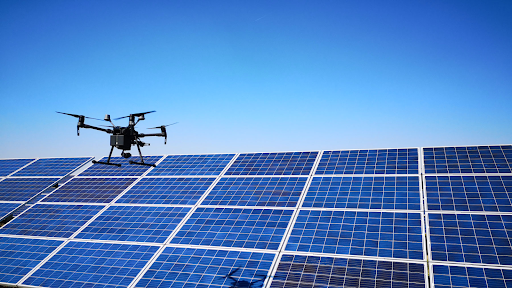
Data collected by drones undergoes detailed analysis, enabling power generation managers to make informed decisions about system upgrades, maintenance schedules, and operational adjustments. The utilization of drone-derived data in conjunction with advanced analytics contributes to a more efficient and resilient power generation infrastructure.